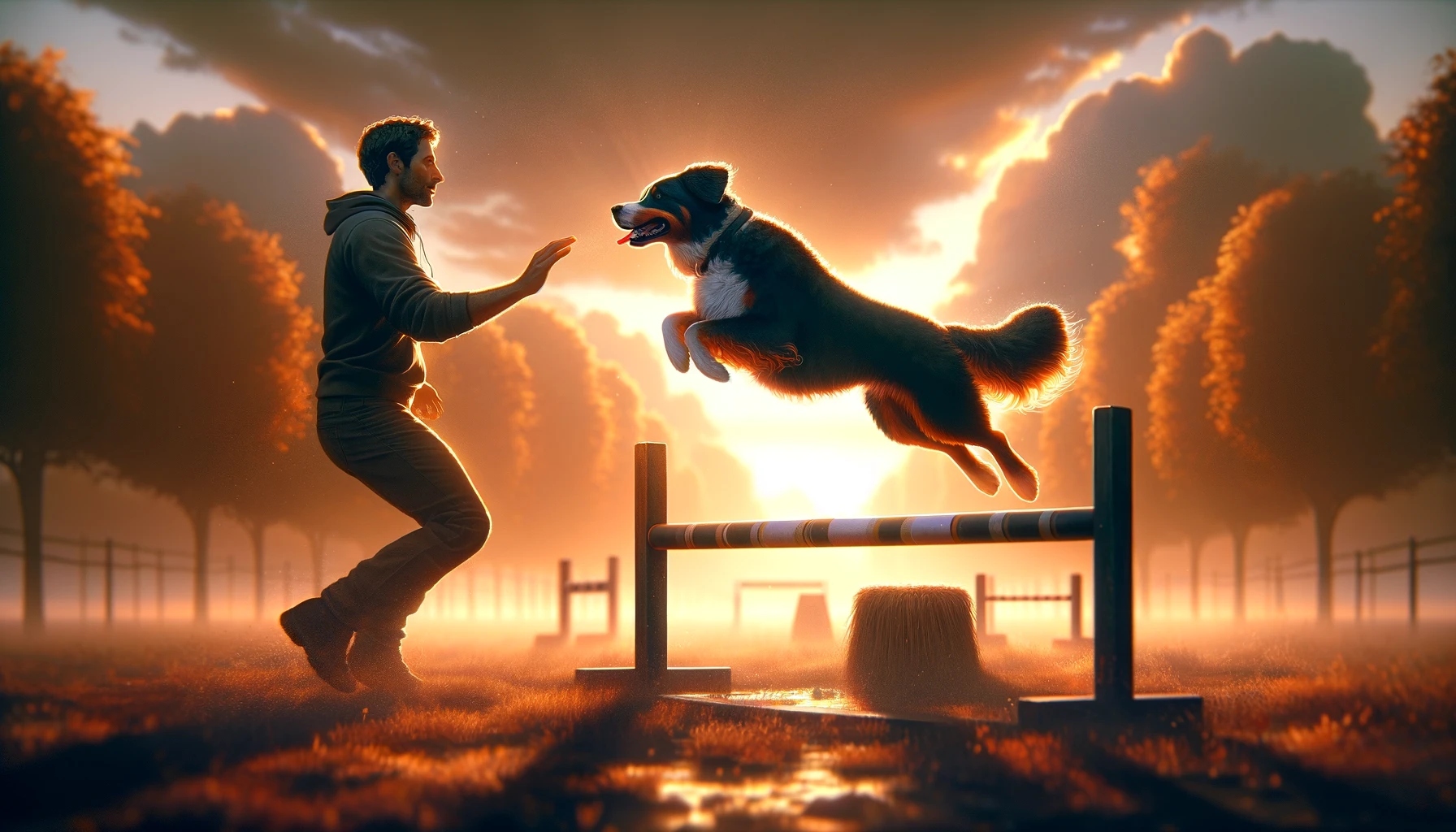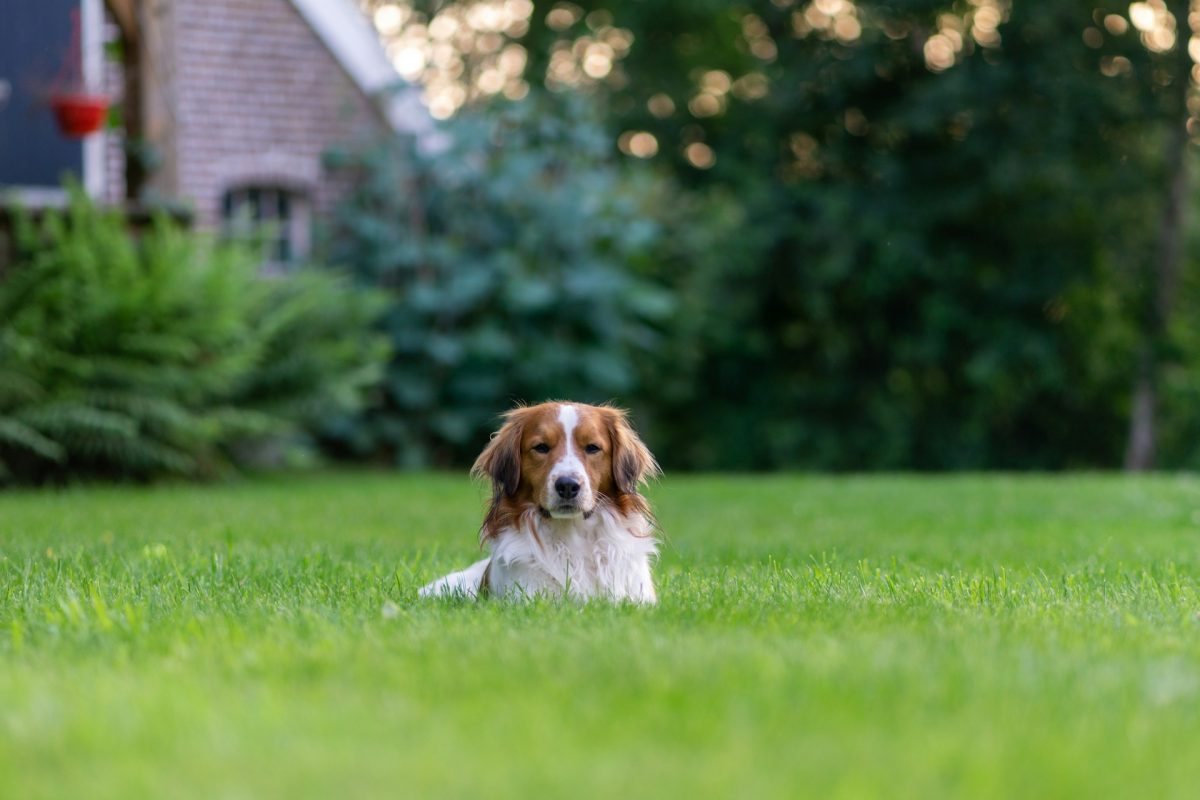Training your dog to jump on command is not only an impressive trick to show off but also a fantastic way to keep your furry friend physically active and mentally stimulated. This comprehensive guide will walk you through the steps to teach your dog to jump on command, ensuring both you and your pet have a fun and rewarding experience. Let’s dive into the world of dog training with an emphasis on positivity, patience, and consistency.
Understanding Your Dog’s Physical Limits
Health Check
Before starting any training, especially one that involves physical activity like jumping, it’s crucial to ensure your dog is in good health. A visit to the vet can confirm your dog’s fitness level and rule out any underlying conditions that could be exacerbated by jumping, such as hip dysplasia or arthritis.
Breed and Age Considerations
Not all breeds are built for high-impact activities. For example, breeds with long backs and short legs, such as Dachshunds, may be at risk of injury from jumping. Similarly, very young puppies and senior dogs might find jumping too strenuous. Adjust your expectations according to your dog’s breed, age, and individual health.
Equipment and Setting Up
Choosing the Right Location
Select a soft, grassy area for training to cushion any impact and minimize the risk of injury. Ensure the space is free of obstacles and distractions, allowing your dog to focus solely on the task at hand.
Training Tools
While you can train your dog to jump using just verbal commands, using a hurdle or a hoop can make the training more structured. Start with the hurdle set at a low height to build your dog’s confidence.
Training Steps
Step 1: Familiarization
Introduce your dog to the hurdle or hoop without any expectation of jumping. Let them sniff and explore the equipment to reduce any anxiety or fear associated with the new object.
Step 2: Encouragement
Stand on the opposite side of the hurdle and call your dog. Use a treat to lure them if necessary. If they walk around it, gently guide them back and try again. Praise and reward any attempt to approach or interact with the hurdle.
Step 3: The First Jump
Once your dog is comfortable approaching the hurdle, hold a treat above it to encourage them to jump over. The moment they jump over, mark the behavior with a command word like “jump” and give them the treat. Repeat this step several times until your dog starts to understand the association between the command and the action.
Step 4: Increasing Difficulty
Gradually increase the height of the hurdle as your dog becomes more confident. Ensure you do this in small increments to avoid discouraging or injuring your dog.
Step 5: Command Reinforcement
Start practicing with the command word alone, without using treats as a lure over the hurdle. Continue to reward your dog after they’ve completed the jump. Over time, reduce the frequency of treats, relying more on verbal praise and physical affection as rewards.
Troubleshooting Common Issues
Fearfulness
If your dog is hesitant or fearful, it’s essential to be patient. Never force your dog over the hurdle. Instead, take a step back in the training process and spend more time on familiarization and encouragement.
Overexcitement
Some dogs may become overexcited and rush at the hurdle, potentially leading to accidents. If this occurs, focus on calming exercises before attempting the jump again. Incorporate sit and stay commands to teach patience and control.
Consistency is Key
Remember, consistency is crucial in dog training. Practice regularly, but keep sessions short to prevent both you and your dog from becoming frustrated or fatigued. Always end on a positive note, with a successful jump or another easier command your dog can perform well.
Teaching your dog to jump on command is a rewarding process that strengthens your bond and provides mental and physical stimulation for your pet. By following these steps and maintaining a positive, patient approach, you’ll be able to enjoy this fun and impressive trick together. Remember, every dog learns at their own pace; celebrate the small victories along the way to keep training enjoyable for both of you.



